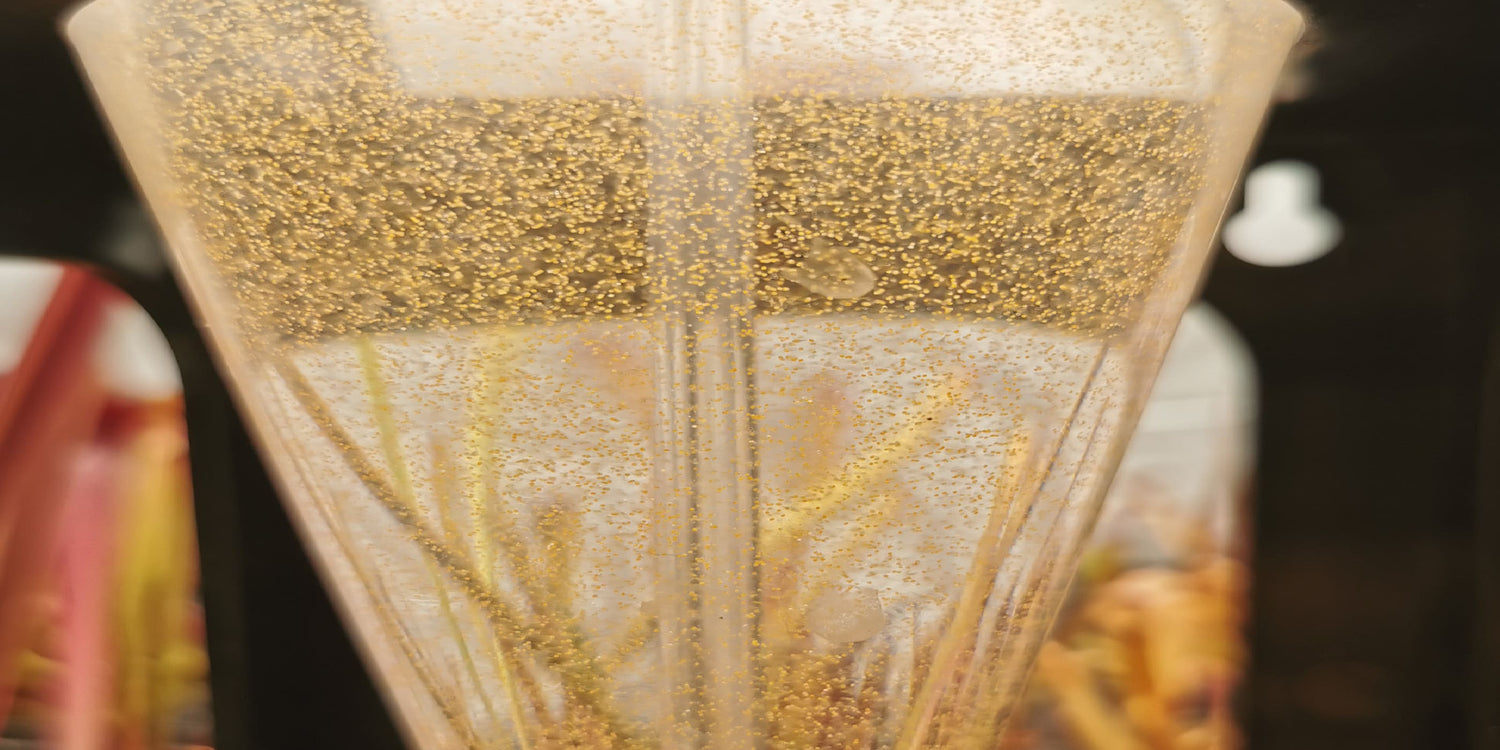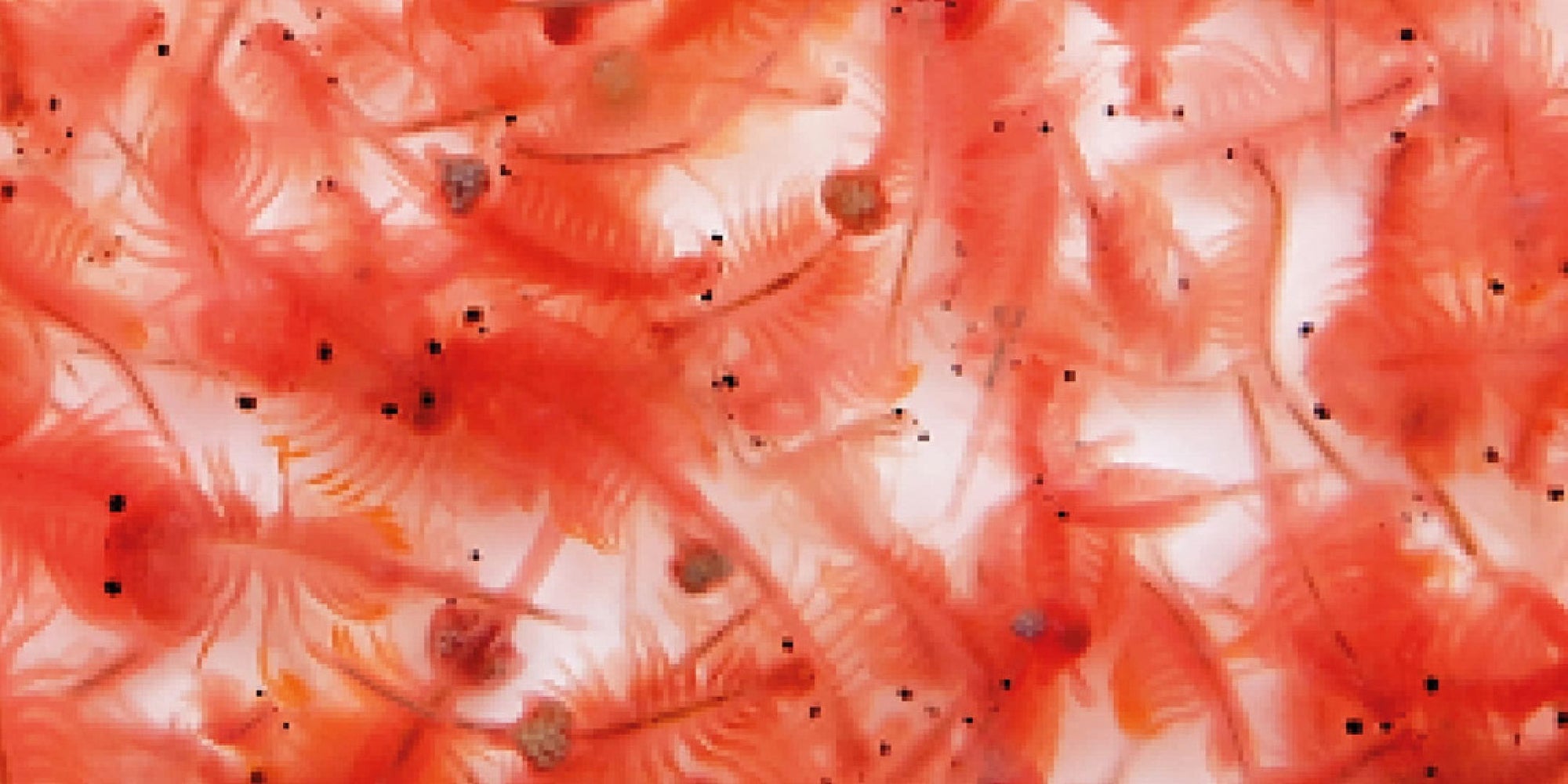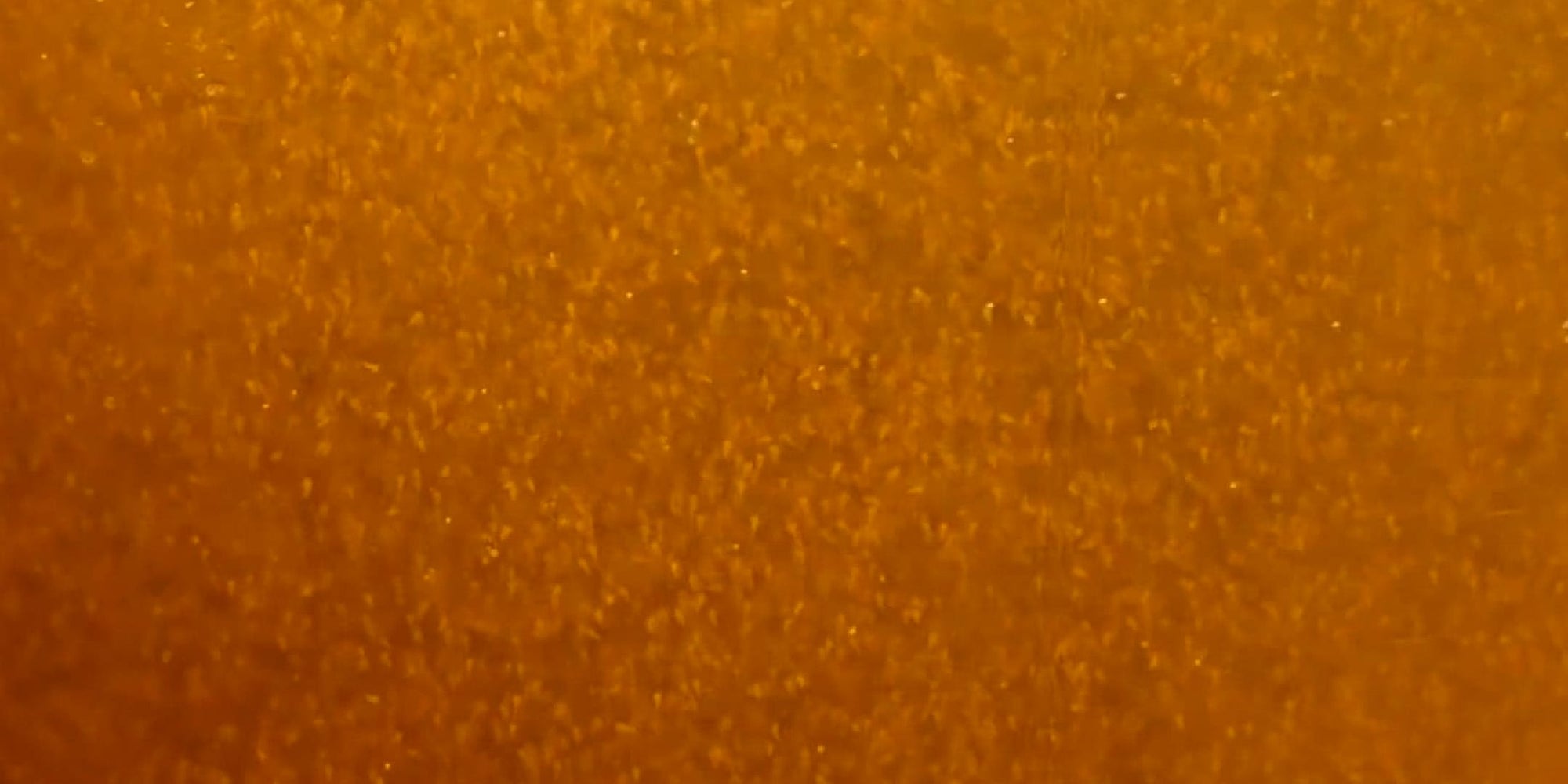Breeding Artemia
Breeding Artemia is not always easy... They don't hatch. A lot of mistakes are often made when incubating Artemia eggs. Even small things are enough to ensure successful hatching or to make a batch unusable. From our experience with many customers, we have compiled a list of causes that can severely impair the hatching of Artemia eggs:
With sea salt or Artemia salt
Depending on the Artemia line or the origin of the Artemia eggs, the type of salt can have a considerable influence on the hatching quality. We recommend the use of pure sodium salts with an adjusted pH value. These can often be found as a ready-mix under the search term Artemia salt.
We do not recommend the use of table salt, which contains anti-caking agents. We also advise against using sea salt mixtures of any kind. There are studies that confirm that Artemia nauplii have a low tolerance to certain salt ions, such as potassium [1]. Our own experience has shown that sea salt contains traces of metal ions, which can have a very negative effect on the hatching yield. Of course, there are aquarists who use the same sea salt and the same Artemia eggs (same origin) for years and achieve very good hatching results. However, this can quickly change if you vary the type of Artemia cysts.
Temperature and heating element
The temperature range between 21°C and 26°C corresponds to the hatching range of commercially used Artemia species such as Artemia franciscana, salina and persimilis[2]. This temperature range is necessary to realise a short hatching time between 24h and 30h. If temperatures are set below this range, the hatching process will either be significantly delayed or no eggs will hatch. If you set temperatures above 30°C, this can quickly lead to the death of the artemia [3]. If you also work with a heating element, you should always check with a thermometer whether the thermostat is really working accurately.
Aluminium
Experience has shown that aluminium ions in the water have a very negative effect on the hatching of certain Artemia species (e.g. Artemia franciscana). On the one hand, these can already be present as trace substances in the sea salt used. On the other hand, it is sufficient to have aeration tubes or hose clamps made of aluminium in the breeding container, for example. Alternatively, we recommend using plastic components.
Ventilation
Too fine bubble aeration has two negative effects. On the one hand, the eggs are skimmed so that only some of the Artemia cysts can be hatched. On the other hand, very fine bubbles are swallowed by Artemia nauplii, causing them to die [4]. We recommend very intensive aeration with large bubbles so that the eggs are mixed homogeneously at the same time. The air intake filter of the membrane air pump should also be checked regularly, as it becomes clogged as the operating time progresses. A steady decrease in the air supply over several months can give the impression that the hatching rate of the eggs is getting worse and worse. However, this is often only due to a reduced air supply and a corresponding deterioration in mixing.
Mixing of the container
The optimum incubation container for Artemia is similar in shape to an upside-down cola bottle. It is irrelevant whether you have bought your incubation container from a specialist shop or made it yourself from a PET bottle. The important thing is that the container allows a homogeneous distribution of the eggs in the water column due to the conical shape at the bottom. The end of the aeration rod must therefore also be positioned at the lower end of the cone. If, on the other hand, you use a cup or an aquarium that has been loaded with a large quantity of Artemia eggs, you will quickly see a sediment of eggs forming in areas with less flow. The problem with this is that only the upper part of the egg sediment gets enough oxygen and hatches. The remaining eggs do not hatch at all or only after a delay.
It is of course also possible to use Artemia breeding trays, as a small quantity of eggs is used here so that all eggs receive sufficient oxygen during the breeding process. However, the eggs must also be evenly distributed in the outer ring.
Sterilisation and cleaning for breeding Artemia
Organic deposits or unclean incubation containers should be avoided, as this promotes bacterial growth during incubation. The bacteria can have a negative effect on hatching and lead to an outbreak of disease in the Artemia nauplii. We recommend cleaning the container directly before use with a 2-3% solution of sodium hypochlorite or hydrogen peroxide.
Storage of Artemia eggs
Artemia eggs should always be stored in the refrigerator. The freezer compartment is the best place for long-term storage. As some mistakes can be made when storing and packaging the eggs, we have written a detailed article on this subject(Storage of Artemia eggs).
Which water for breeding Artemia?
Germ-free and very pure water should always be used for cultivating Artemia. In Germany, drinking water can therefore also be used for preparing the salt solution. To avoid bacterial contamination, the water should nevertheless be sterilised beforehand (e.g. boiling). Alternatively, you can use reverse osmosis or distilled water.
Enough lighting?
Artemia are phototactic by nature. In order to achieve a maximum hatching yield, the incubation vessel should be sufficiently brightly lit. We recommend a light intensity of at least 2000 lux.
Counted correctly?
If you are not sure whether you have really hatched all the Artemia eggs, you should count them under a binocular. A good quantity for counting is 5x 1ml Artemia solution, which is diluted 1:10 with salt water beforehand. If, for example, the manufacturer's specification is 280,000 Np/g and 90% hatching rate and you have dosed 1g eggs per litre, the counting result should be 25 nauplii per ml +/-10%.
For professional Artemia eggs, we recommend that you take a look at our aquarium shop. Here you will find first-class eggs.
algova wishes you every success in breeding Artemia!
- 1. ↑ Croghan P.C., 1957. THE SURVIVAL OF ARTEMIA SALINA (L.)IN VARIOUS MEDIA. Department of Zoology, University of Cambridge, p 213-218
- 2. ↑ Lavens, P., Sorgeloos, P. 1991. Production of Artemia in Culture Tanks. In: Browne R.A., Sorgeloos P., Trotman, C.N.A. (Eds.). Artemia Biology. CRC Press: p 319
- 3. ↑ Lavens, P., Sorgeloos, P. 1991. Production of Artemia in Culture Tanks. In: Browne R.A., Sorgeloos P., Trotman, C.N.A. (Eds.). Artemia Biology. CRC Press: p 318
- 4. ↑ Hoff, F.H., Snell, T. W. 2004. Plankton Culture Manual. Chapter 7 – Artemia Culture. Florida Aqua Farms Inc.: p 112





